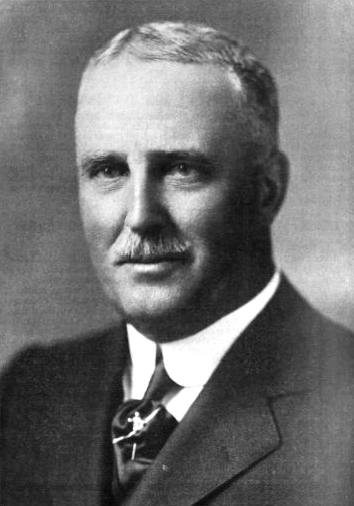 In the early days of Minnesota golf, it would be hard to find anyone as impactful or accomplished as William F. “Bill” Brooks. His golf administrative résumé includes serving as president of the MGA, in 1906-1907, of the Trans-Mississippi Golf Association, in 1916, of the Western Golf Association, in 1920, and as a committee member of the USGA’s Green Section, from 1922-1927. Brooks had a hand in bringing several major golf tournaments to Minneapolis and The Minikahda Club: the 1910 Western Amateur and an important early success; the 1916 U.S. Open Championship, played west of Illinois for the first time and won by Chick Evans; and the 1927 U.S. Amateur Championship, where the likes of Bobby Jones and Evans competed, and the former triumphed.
In the early days of Minnesota golf, it would be hard to find anyone as impactful or accomplished as William F. “Bill” Brooks. His golf administrative résumé includes serving as president of the MGA, in 1906-1907, of the Trans-Mississippi Golf Association, in 1916, of the Western Golf Association, in 1920, and as a committee member of the USGA’s Green Section, from 1922-1927. Brooks had a hand in bringing several major golf tournaments to Minneapolis and The Minikahda Club: the 1910 Western Amateur and an important early success; the 1916 U.S. Open Championship, played west of Illinois for the first time and won by Chick Evans; and the 1927 U.S. Amateur Championship, where the likes of Bobby Jones and Evans competed, and the former triumphed.